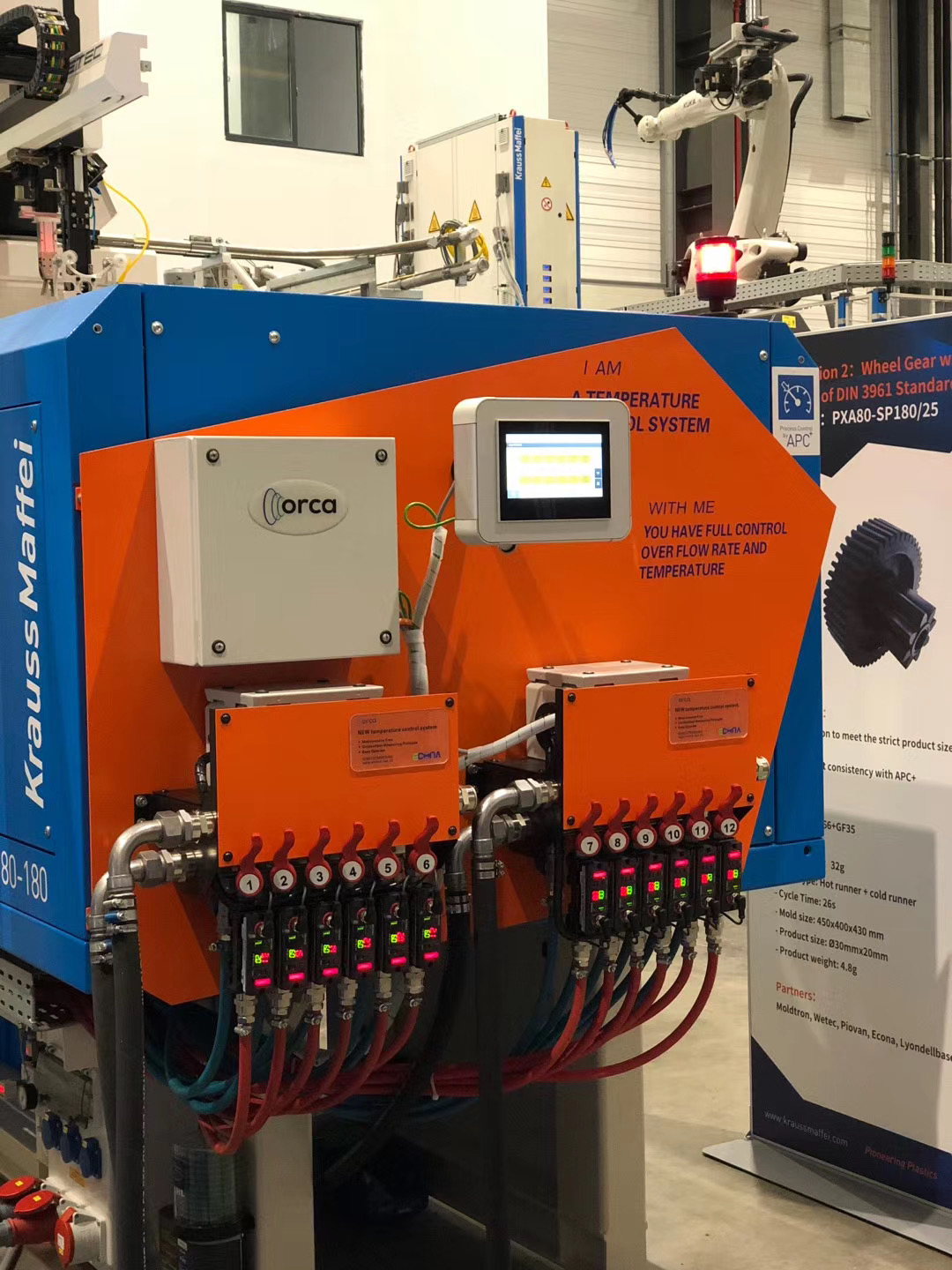
Mold cleaning is a key process in mold maintenance and also a bottleneck restricting mold maintenance.Because the mold manufacturing development speed is much faster than the mold cleaning speed, and the mold after the quick cleaning immediately to prepare for the next production, so the time for mold cleaning is very limited.Through the investigation of the factory, it was found that the molds arranged in the corridor and the workshop almost took up the limited operating space in the workshop, just waiting to be cleaned.
Some companies at the end of a production, without any cleaning treatment will directly reset the mold, and continue to be used for reproduction.If the plastic parts produced are clean, then the mold works without any problems.Over time, a culture of "temporary fire-fighting" will be formed within the company. Only when the accumulated residue in the mold affects the quality of parts or the mold is worn out, the mold will be cleaned, and the cleaning process will be passed by.
When cleaning and repairing molds, some factories will hire some junior technicians or apprentices in mold shop to do some chores of cleaning molds and templates. Then, maintenance technicians will separate the molds and templates.However, the fact that the track marks are washed away while the molds and templates are cleaned makes it difficult for maintenance technicians to find and correct defects in molds and parts.
It is true that cleaning the mold does not require the skills of a senior mold maker, but it is an ill-considered decision to put a novice in charge of cleaning the mold who is not familiar with the special functions and defects of the mold or the characteristics of the key sealing area of the mold.Improper distribution of mold cleaning work will lead to continuous production of molds with performance defects, and will also significantly increase mold budgets due to increased pointing, hair openings, corners, premature plating or steel shifting, and mold mixing.These problems often stem from a "temporary fire" maintenance culture, where defects are never monitored or accounted for and the root cause of the problem is determined.
Rust and sag: What will the uncoated P20 steel look like if the die is left in the die for too long?
Standardized cleaning procedures.
Systematic mold maintenance is based on maintenance requirements and continuity of maintenance operations.In order to achieve the "cost effective" goal, mold cleaning must take care: develop a detailed mold cleaning plan.When cleaning different parts of the mold, such as the internal cleaning of the press, wiping along the edge, routine cleaning, cleaning the main part, the use of cleaning operation methods are also different.
After the mold has run for a certain period and has been subjected to appearance tests such as electroplating wear, track marking, and mold residue content in vent and non-vent areas, technicians can determine the mold cleaning procedure and frequency by appearance inspection.Therefore, it is very important to understand the cycle of mold safe operation and to record the observation report of residual accumulation and wear inside the mold.
All molds should be accompanied by the associated maintenance procedures and maintenance cycle documentation, based on the fact that the mold has a certain operating cycle.In general, controlling internal grease levels and the operation of gear broaching, sliding blocks, internal shaft pins and bushings, and other moving parts is the key to stable production.Other factors affecting production include contamination or blockage of waterlines and water jets, manifold leakage, rust and corrosion due to leakage or condensation.
What level of cleanliness is enough?
In general, when the forming process operation is completed, there is usually dirt or residue left on the mold (with certain chemical composition and physical characteristics).Final cleaning requirements vary for different types of residues.Resins such as PVC produce hydrogen chloride gas which corrodes many types of mold steels.Other residues, separated from flame retardants and antioxidants, can corrode steel.
Other pigments rust steel, and the rust is hard to remove.Even ordinary sealed water, if left on the surface of an untreated mold for too long, can cause damage to the mold.
Therefore, the mold should be cleaned as necessary according to the established production cycle.Every time the mold is removed from the press, it is first necessary to open the mold pores to remove all oxidized dirt and rust from the non-critical areas of the mold and template to prevent it from slowly corroding the steel surface and edges.In many cases, even after cleaning, some of the uncoated or easily rusted mold surface will soon appear again.Therefore, even if it takes a long time to scrub an unprotected mold, surface rust cannot be completely avoided.
Many molds now have "self-cleaning" vent lines, which have a high gloss.The vent is cleaned and polished to the polishing level of SPI#A3, or the residue is discharged to the waste area of the vent line by milling or grinding to prevent residue from adhering to the surface of the roughing stand.But when operators manually grind the mold with coarse scrub pads, emery cloth, sandpaper, grindstone, or brushes with nylon bristles, brass, or steel, excessive "cleaning" can result.
System in general, when using the hard plastic, glass, walnut shell and aluminum as abrasives such as aggregate of mold surface of high pressure cleaning, if used too frequently these abrasives or improper use, the grinding method also can make the mould surface pore and easy to adhere to its residue, resulting in more residue, wear, or lead to mold or premature fracture appear the phenomenon such as burrs, instead more conducive to clean.Therefore, by looking for cleaning equipment suitable for the mold and processing process, and referring to the cleaning method and cleaning cycle recorded in the archive file, you can save more than 50% of the maintenance time and effectively reduce the wear of the mold.

 Hotline:
Hotline:










 Friendlink
Friendlink